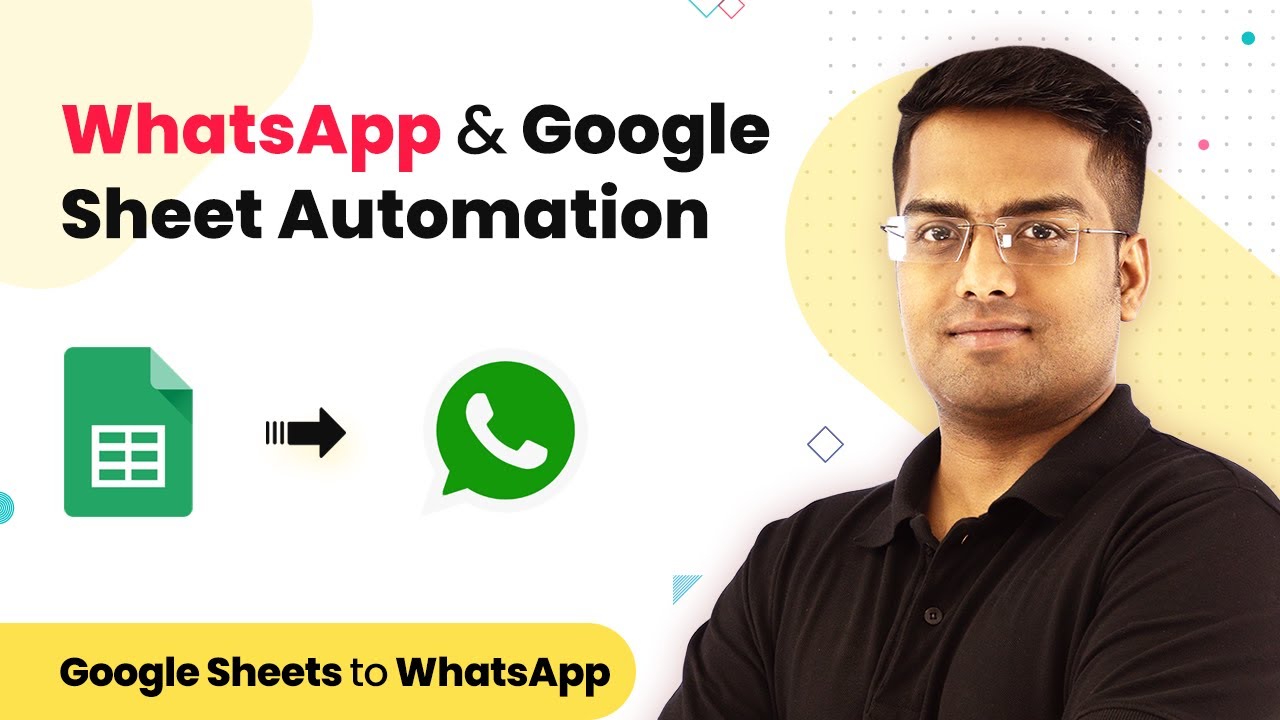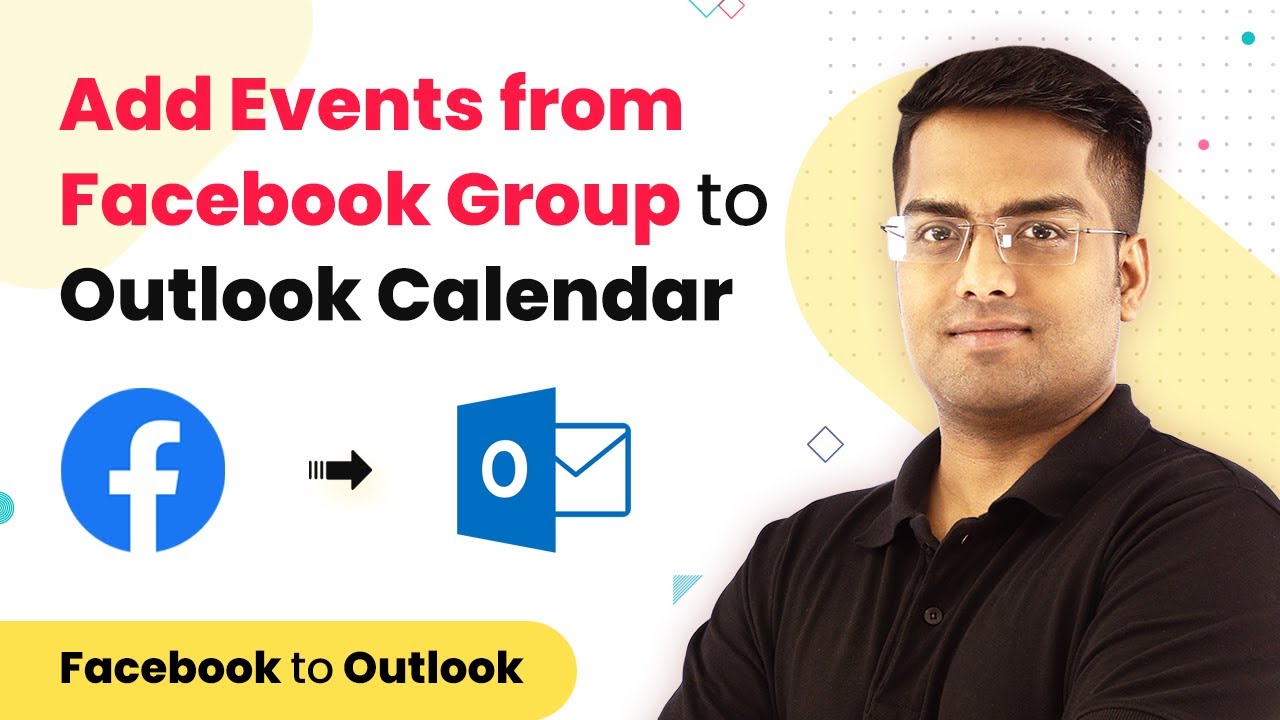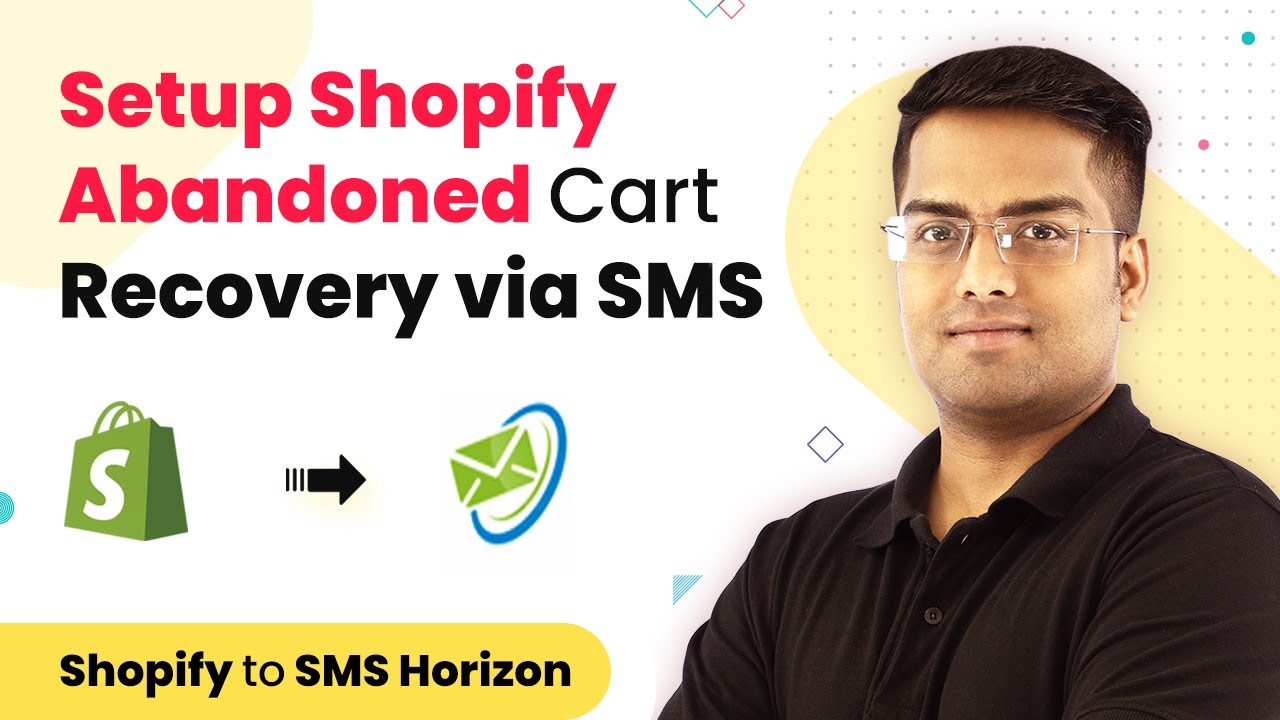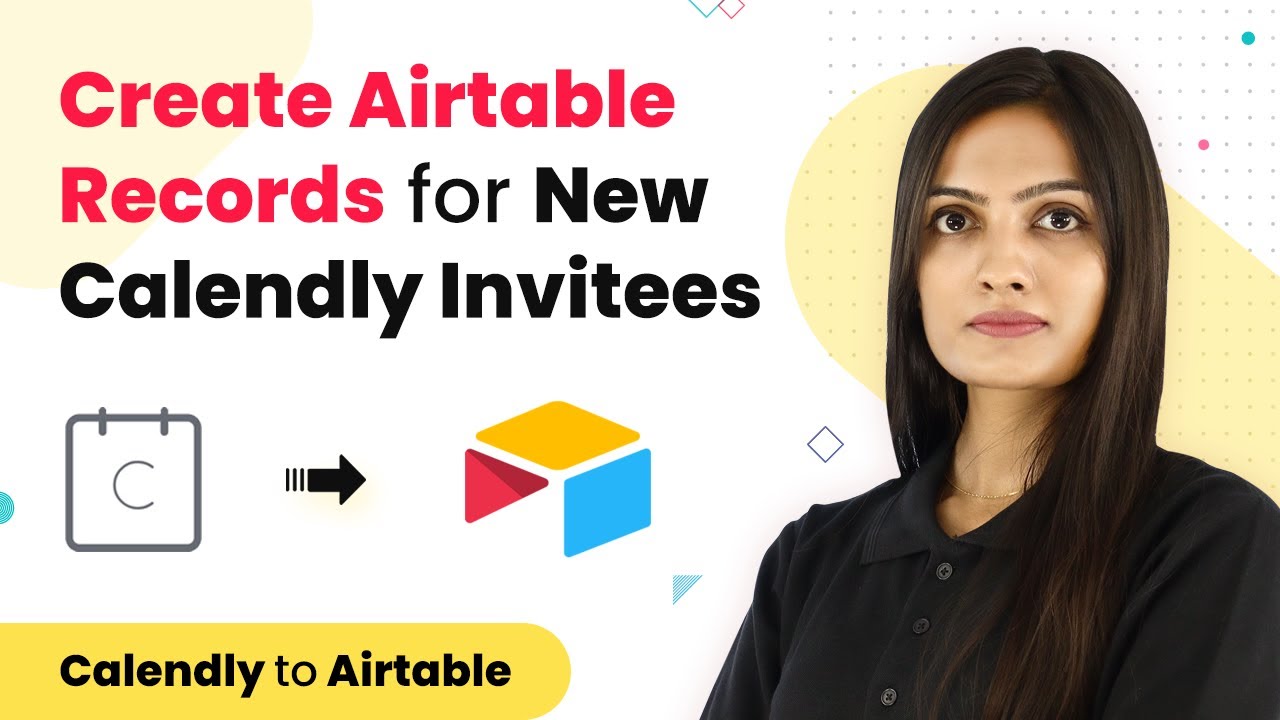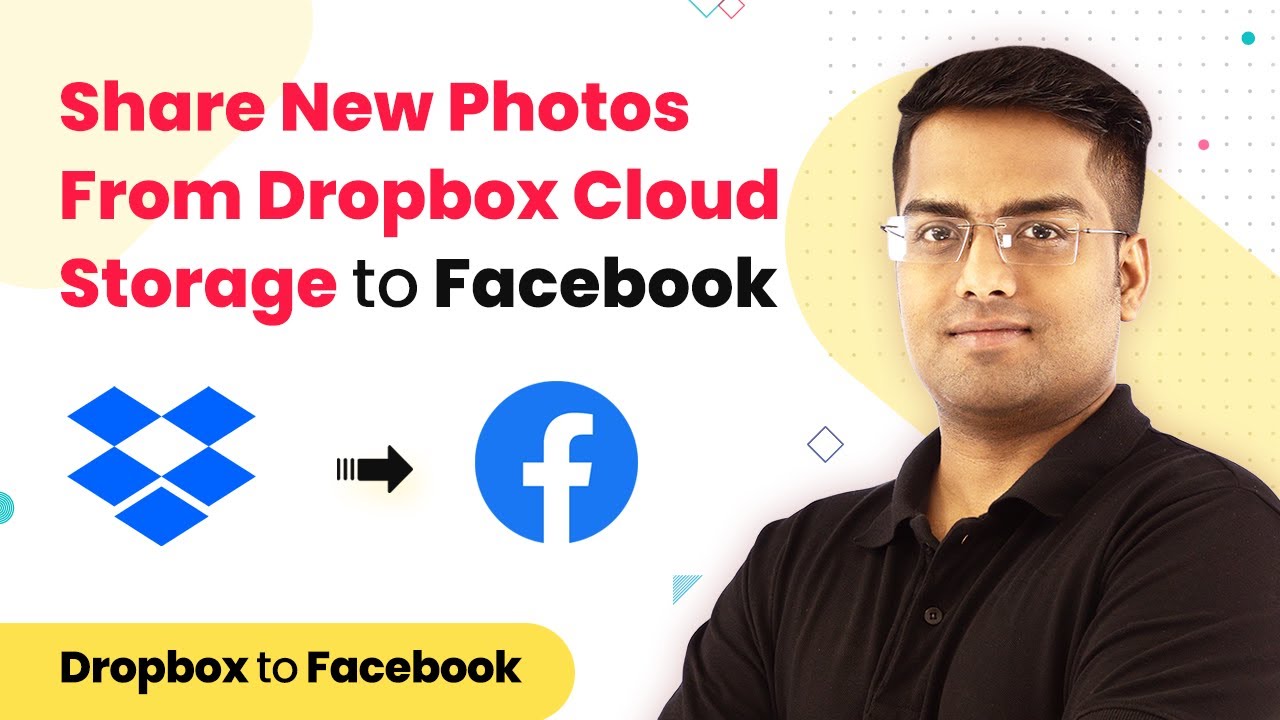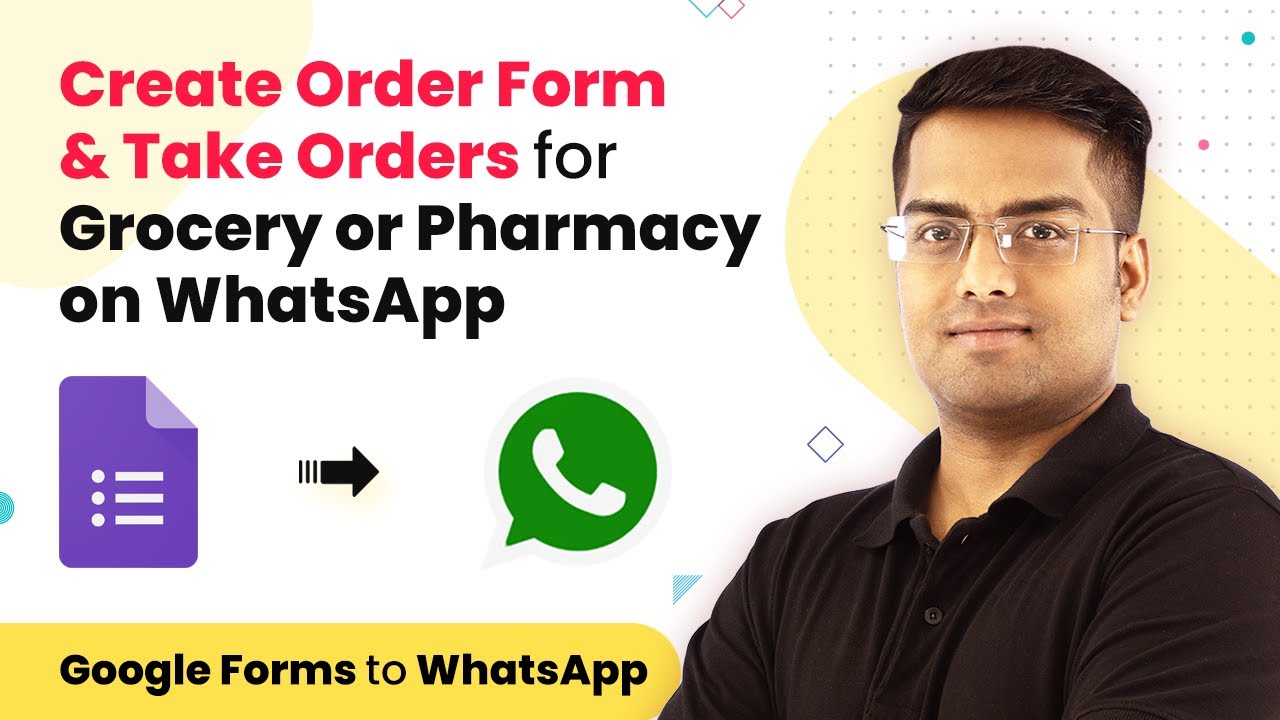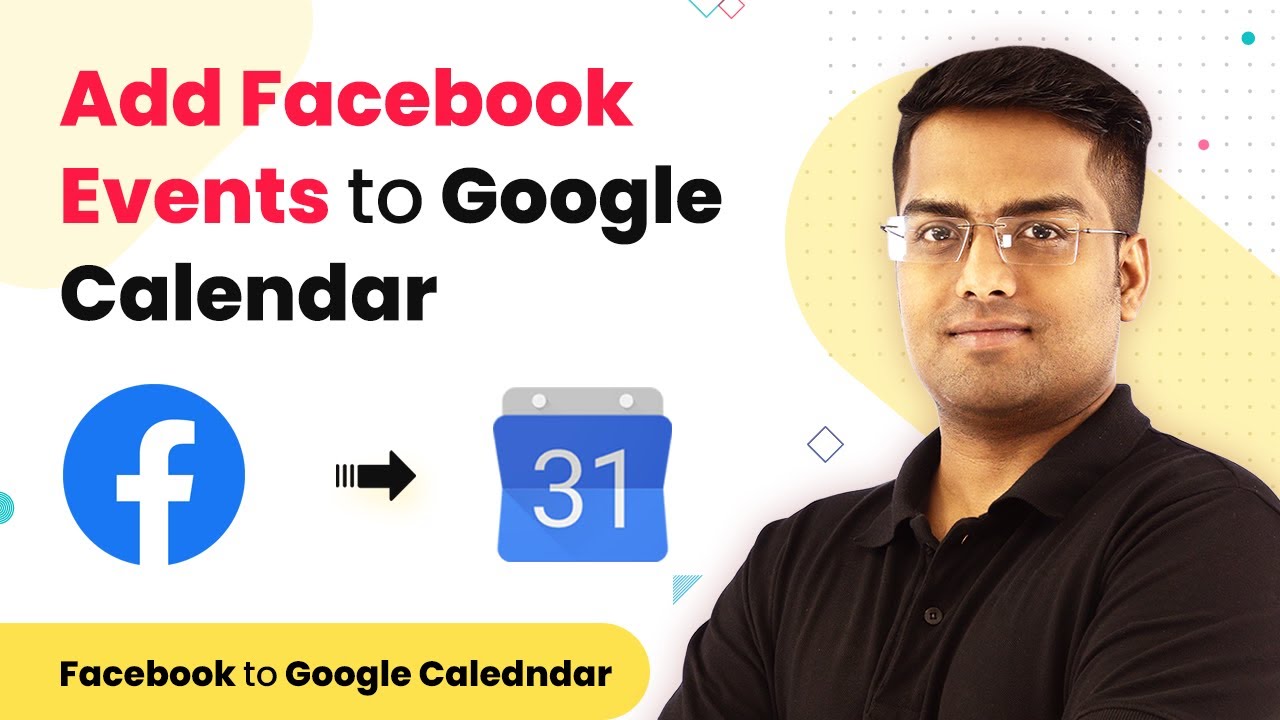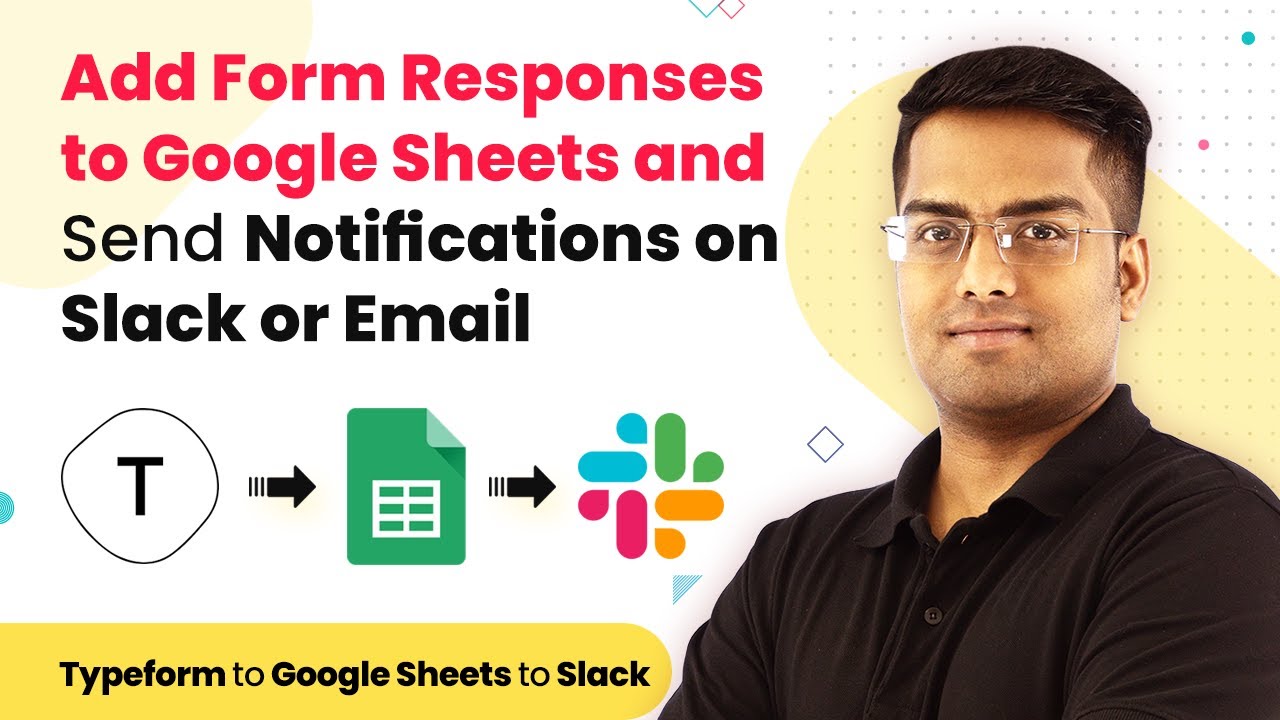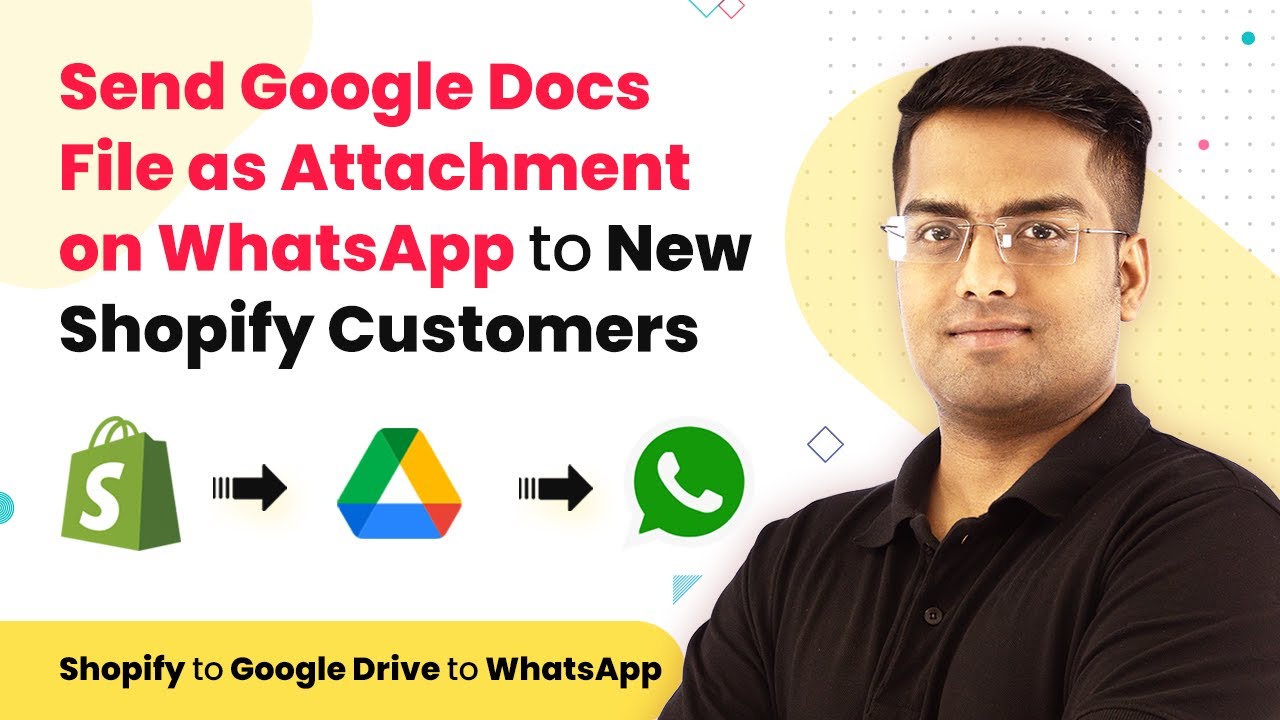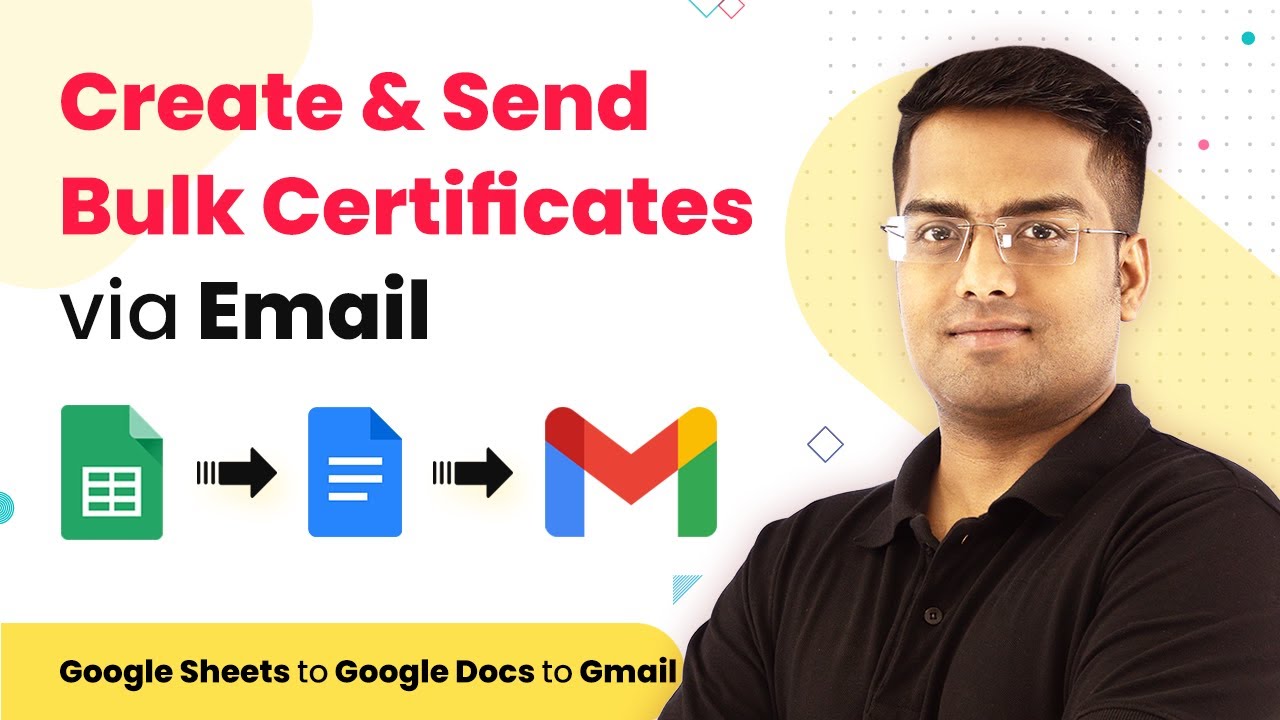Learn how to automate WhatsApp and Google Sheets integration using Pabbly Connect with this detailed step-by-step tutorial. Develop expertise in application integration and learn how to design streamlined automation workflows using proven, simplified approaches.
Watch Step By Step Video Tutorial Below
Setting Up Pabbly Connect for WhatsApp & Google Sheets Automation
To begin with the WhatsApp and Google Sheets automation, you need to access Pabbly Connect. Start by logging into your Pabbly Connect account. If you don’t have one, create an account.
Once logged in, you will see the dashboard where you can create a new workflow. Click on the ‘Create Workflow’ button. This will allow you to set up the integration between WhatsApp and Google Sheets using Pabbly Connect.
Creating a Workflow in Pabbly Connect
In this step, we will create a workflow that connects WhatsApp to Google Sheets. Click on the ‘Create Workflow’ button and give your workflow a name. This name should reflect the purpose of the automation, such as ‘WhatsApp to Google Sheets’.
Next, select the trigger application. In this case, choose WhatsApp as the trigger app. You will need to set up the trigger event. For instance, select the event that will initiate the automation, like receiving a message on WhatsApp.
- Choose WhatsApp as the trigger application
- Select the trigger event (e.g., New Message)
- Connect your WhatsApp account to Pabbly Connect
After setting the trigger, save your workflow. This setup allows Pabbly Connect to listen for new messages on WhatsApp, which will then trigger the next steps in the automation process.
Integrating Google Sheets with Pabbly Connect
Now that you have set up the WhatsApp trigger, it’s time to integrate Google Sheets. Click on the ‘Add Action Step’ button in your workflow. Choose Google Sheets as the action application. This will allow you to send data to Google Sheets whenever a new WhatsApp message is received.
Select the action event. For example, choose ‘Add Row’ to insert new data into your Google Sheets. You will then need to connect your Google Sheets account to Pabbly Connect. Grant the necessary permissions for the integration to work.
- Choose Google Sheets as the action application
- Select the action event (e.g., Add Row)
- Connect your Google Sheets account to Pabbly Connect
Once connected, specify which Google Sheet you want to use and map the fields from WhatsApp to the corresponding columns in your Google Sheet. This step is crucial for ensuring that the data is accurately captured and organized in your spreadsheet.
Testing Your WhatsApp and Google Sheets Integration
After setting up both the trigger and action steps, it’s essential to test the integration. Use the ‘Test & Review’ feature in Pabbly Connect to send a test message from WhatsApp. This will help you verify if the data is correctly added to your Google Sheets.
Monitor the Google Sheets to see if the new row has been added with the relevant data from the WhatsApp message. If everything works correctly, you should see the information populated in your Google Sheet as intended.
If the test is successful, you can turn on your workflow by clicking the ‘On/Off’ toggle. This will activate the automation, allowing Pabbly Connect to continuously monitor WhatsApp messages and update Google Sheets accordingly.
Finalizing Your Automation Setup
With the successful testing of your WhatsApp and Google Sheets integration, you can now finalize your setup. Ensure that all settings are configured correctly. Review the mapping of fields between WhatsApp and Google Sheets to avoid any data loss.
Consider setting up additional actions if needed, such as sending confirmation messages back to WhatsApp after data is logged in Google Sheets. This can enhance user experience and provide immediate feedback.
Finally, save all changes in your workflow on Pabbly Connect. You can now enjoy seamless automation between WhatsApp and Google Sheets, making your data management efficient and effective.
Conclusion
In conclusion, automating WhatsApp and Google Sheets using Pabbly Connect allows for efficient data management. By following these steps, you can easily set up an integration that enhances your workflow and saves time.
Ensure you check out Pabbly Connect to create business automation workflows and reduce manual tasks. Pabbly Connect currently offer integration with 2,000+ applications.
- Check out Pabbly Connect – Automate your business workflows effortlessly!
- Sign Up Free – Start your journey with ease!
- 10,000+ Video Tutorials – Learn step by step!
- Join Pabbly Facebook Group – Connect with 21,000+ like minded people!
